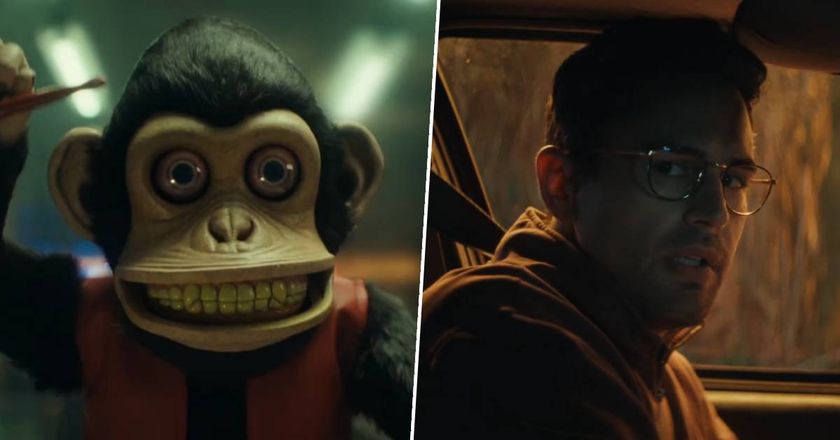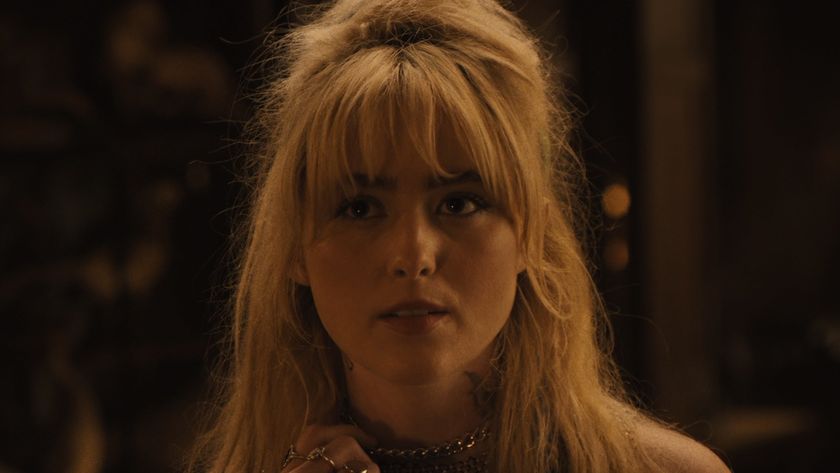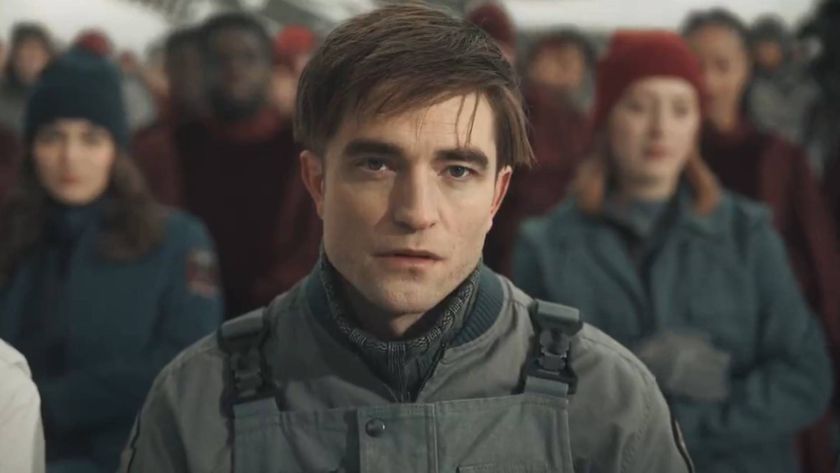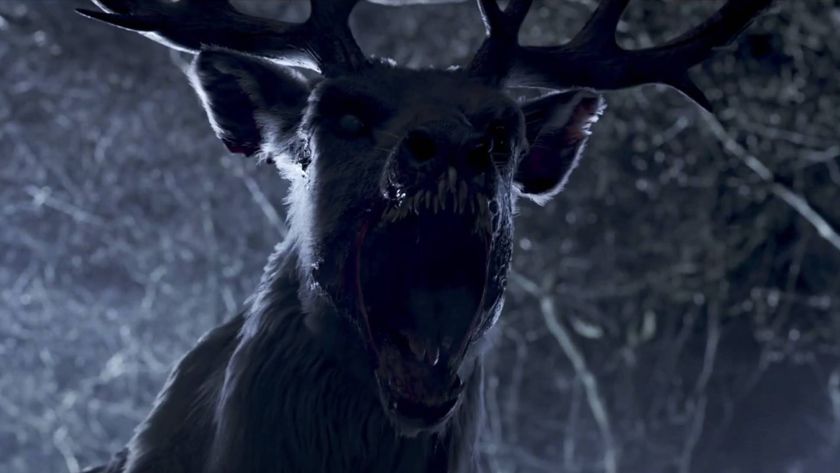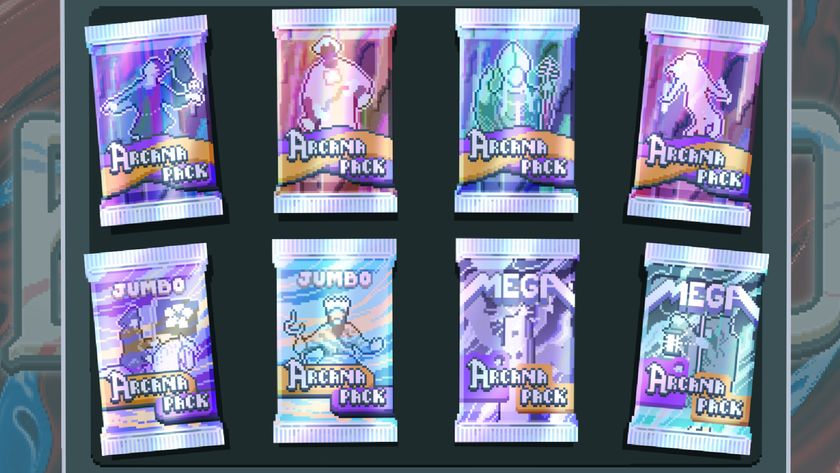Godzilla vs. Kong is changing how we treat cinematic universes
Godzilla vs. Kong is a refreshing take on cinematic universes – they only matter if you want them to
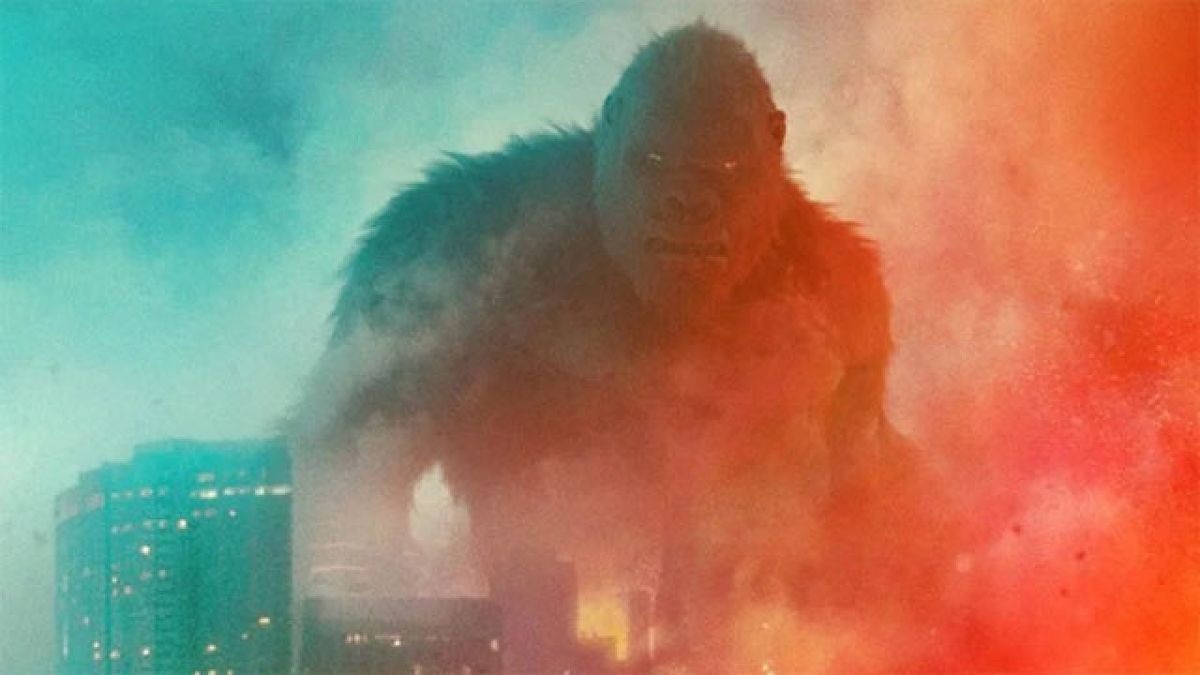
Godzilla vs. Kong will be a colossal showdown between two monsters – yet it’s another, more important collision in that same movie that should have everyone talking. Not only is the Warner Bros. crossover an old-school blockbuster in the best possible way, it’s likely to change how we see cinematic universes.
Let’s face it: cinematic universes are a dime-a-dozen now. When the likes of Scooby-Doo and Hasbro’s collection of characters are being given the Marvel treatment, it’s probably time to take a step back and reflect. But the industry is rife with taking one idea and running with it. Now, the in-vogue idea is undeniably the creation of a sandbox where multi-faceted series of films have the potential to cross over. Sadly, big budget films aren’t usually being greenlit without a larger story waiting to be told and even Godzilla vs. Kong is part of the unheralded MonsterVerse.
A monster mash (with a difference)
Don’t pull that face. The MonsterVerse is real. Godzilla, Kong: Skull Island, and Godzilla: King of the Monsters helped sow the seeds for the climactic face-off between two of the big screen’s greatest icons ,yet they barely registered as a shared universe with audiences. That’s likely in part due to Warner Bros. and Legendary jumping on the bandwagon of connected franchises with two household names and not much else besides that. The wild, almost half-hearted, swing didn’t quite land – and that’s, ironically, probably for the best.
In fact, the first trailer for Godzilla vs. Kong has wisely sidestepped its connections to those previous monster movies as much as possible. Sure, some connective tissue is present – villainous group Monarch and Millie Bobby Brown’s character remain – but all eyes are on Godzilla and Kong smashing up cityscapes, not how they reached that point.
That’s liberating. In a world where Harry Potter is infinitely expanding and Netflix mega-hit Extraction is busily planning for sequels and spinoffs, just taking in the here and now feels paradoxically transformative.
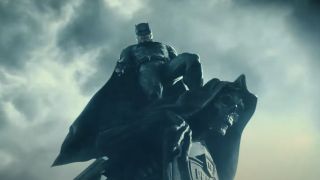
So much so, that Godzilla vs. Kong now feels like a throwback to the age of the one-off popcorn blockbuster. Not since the era of the likes of Independence Day – which, ironically, now has its own belated sequel – has something felt like a pure one-and-done spectacle. Yes, the cinematic universe may be attached, but it feels like an afterthought.
Just a cursory glance over at the big-name competition should be enough for audiences to buy into this idea. For all of its successes, Marvel’s cinematic universe has ingrained in its fans a desire for everything to connect. A must run through to B. Then, a chain reaction, weaving its way through multiple mini-franchises until we reach Z. But only if you’ve seen everything else first. A moviegoing experience, now more than ever, should be inviting and inclusive, not exclusionary at its core. This is Godzilla punching King Kong. There’s never been a simpler hook – and, whether you’ve seen all three MonsterVerse movies or none, it’s all that matters.
Sign up for the Total Film Newsletter
Bringing all the latest movie news, features, and reviews to your inbox
A new era of cinematic universes
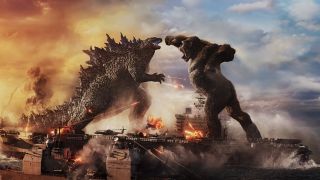
Cinematic universes should enrich, not restrict
That’s not to say cinematic universes should be thrown out entirely. Their function in Godzilla vs. Kong is something new though; it’s the next evolution in how studios should treat shared characters and properties.
After all, cinematic universes should enrich, not restrict. Many long-time fans will surely get a kick out of Kyle Chandler’s Mark Russell returning from 2019’s King of the Monsters in Godzilla vs. Kong. Those who know their Mothras from their Mechagodzillas will similarly react to the kaiju dotted across the franchise. But its purpose as window dressing rather than necessary homework should be absolutely applauded.
Yet, this isn’t an isolated incident. That progressive approach has run throughout the Godzilla and Kong movies so far. Even the mainstay of sequel bait, the post-credits, was used refreshingly well in King of the Monsters.
There, the after-credits stinger sets up the showdown of the century between Godzilla and King Kong not through a shoehorned scene, but through a series of quick newspaper snippets and news reports tucked away in the background of the credits. The metaphor for the franchise’s entire mission statement is there: this is important, but not the main attraction… yet.
So, what’s next for the MonsterVerse after Godzilla vs. Kong? It could follow in DC’s footsteps and take its collection of monsters and scatter them to various standalone or intermingling entries. That, unlike Disney and Marvel’s MO, appears to be the best course of action moving forward in the current stop-start world of cinema. However, that's one big question for another day. Now, if you don’t mind me, I’m getting ready for a giant monkey to throw a nuclear lizard into the sea and I am going to love every single minute of it – without thinking about what comes after.
Find out what's coming alongside King Kong and Godzilla with our guide to everything new on HBO Max.
I'm the Senior Entertainment Writer here at 12DOVE, focusing on news, features, and interviews with some of the biggest names in film and TV. On-site, you'll find me marveling at Marvel and providing analysis and room temperature takes on the newest films, Star Wars and, of course, anime. Outside of GR, I love getting lost in a good 100-hour JRPG, Warzone, and kicking back on the (virtual) field with Football Manager. My work has also been featured in OPM, FourFourTwo, and Game Revolution.
